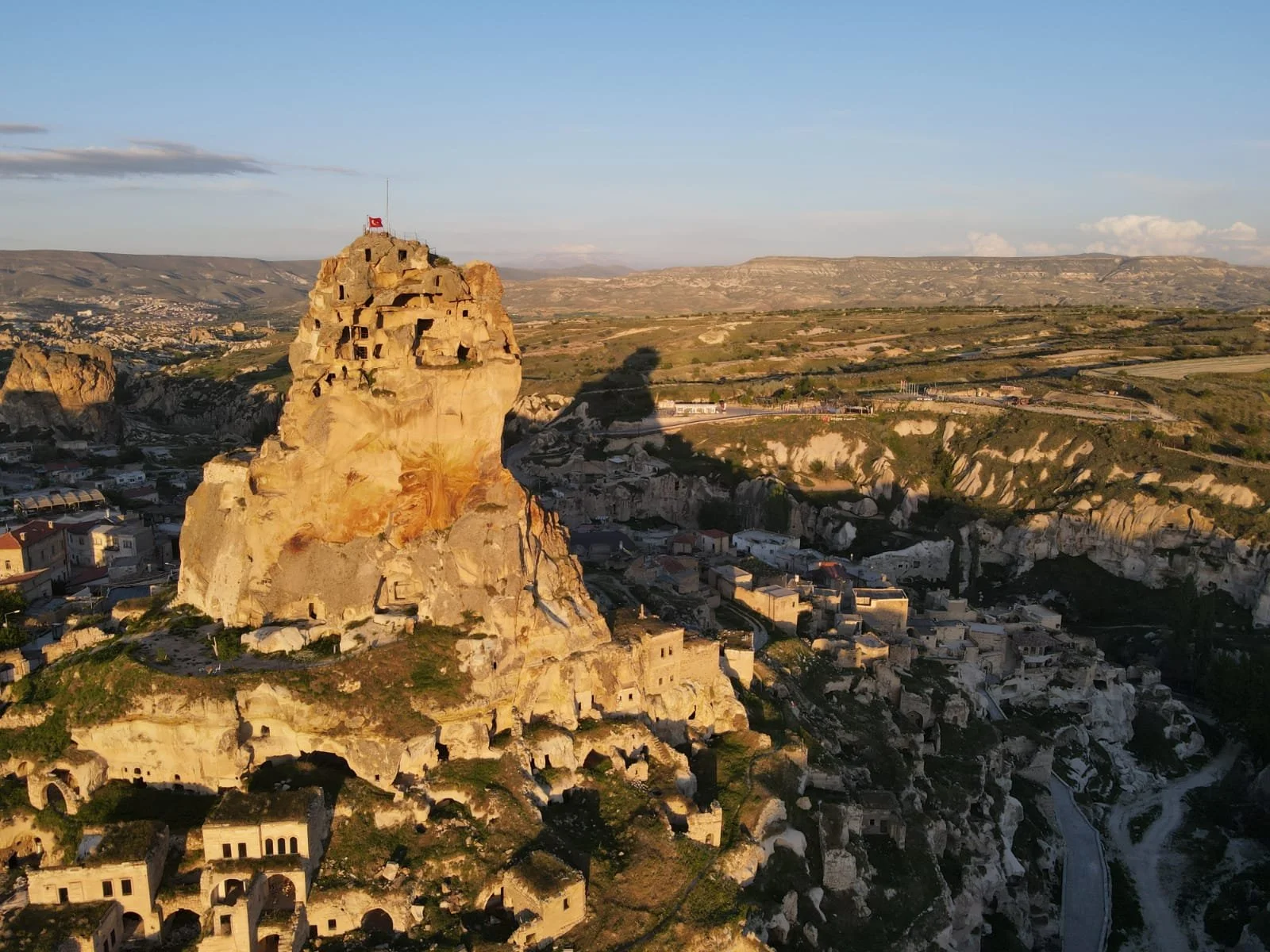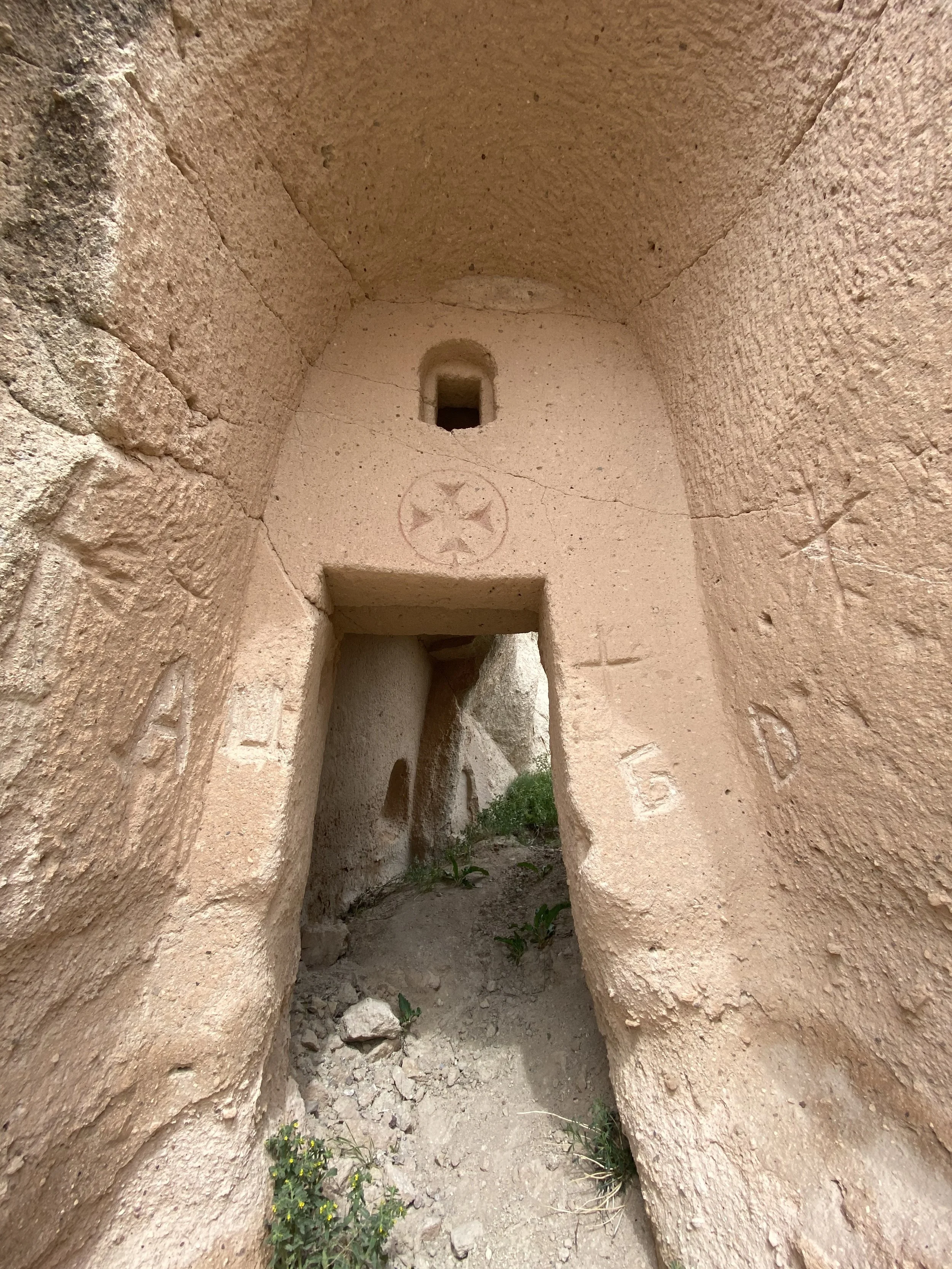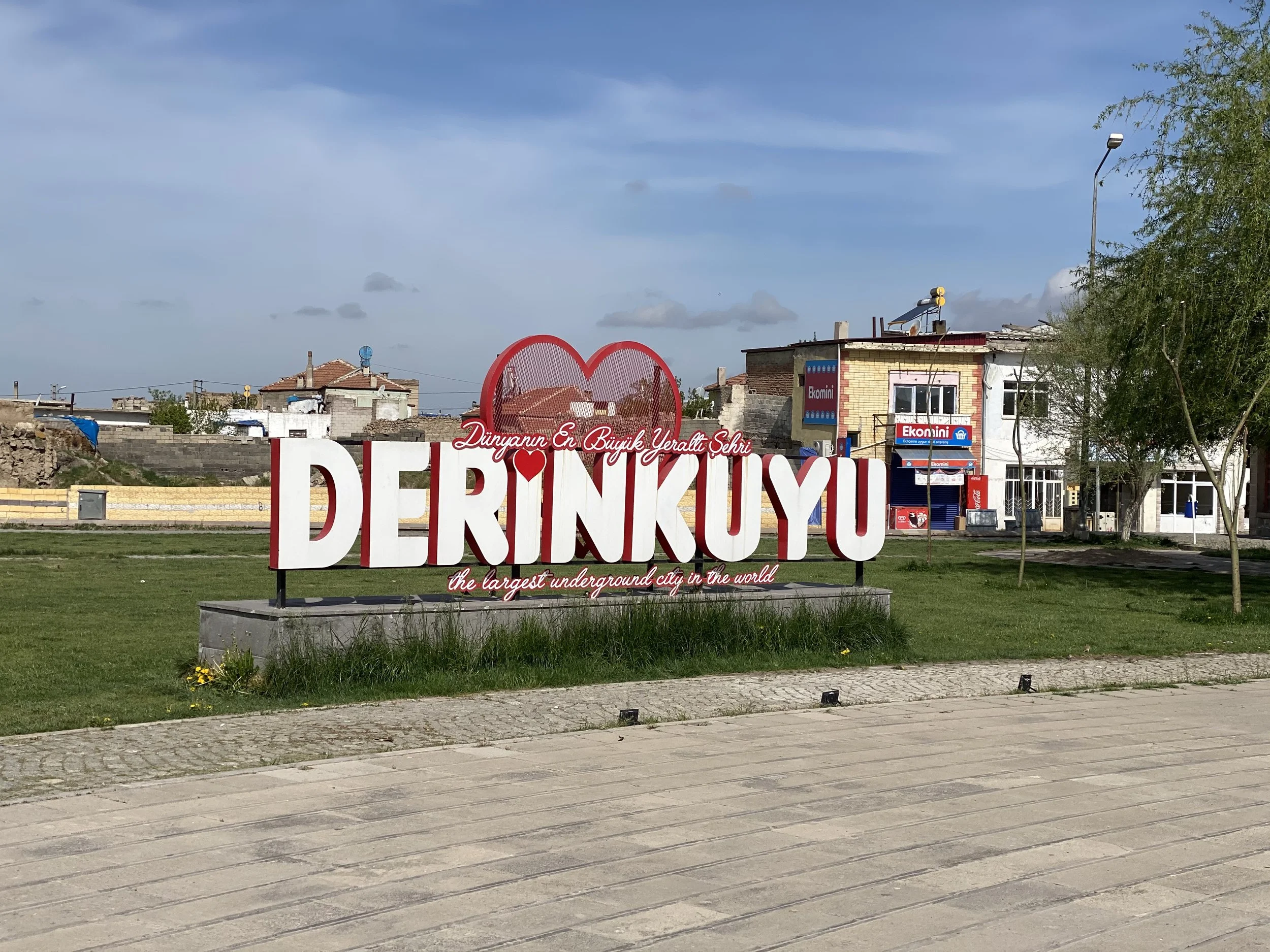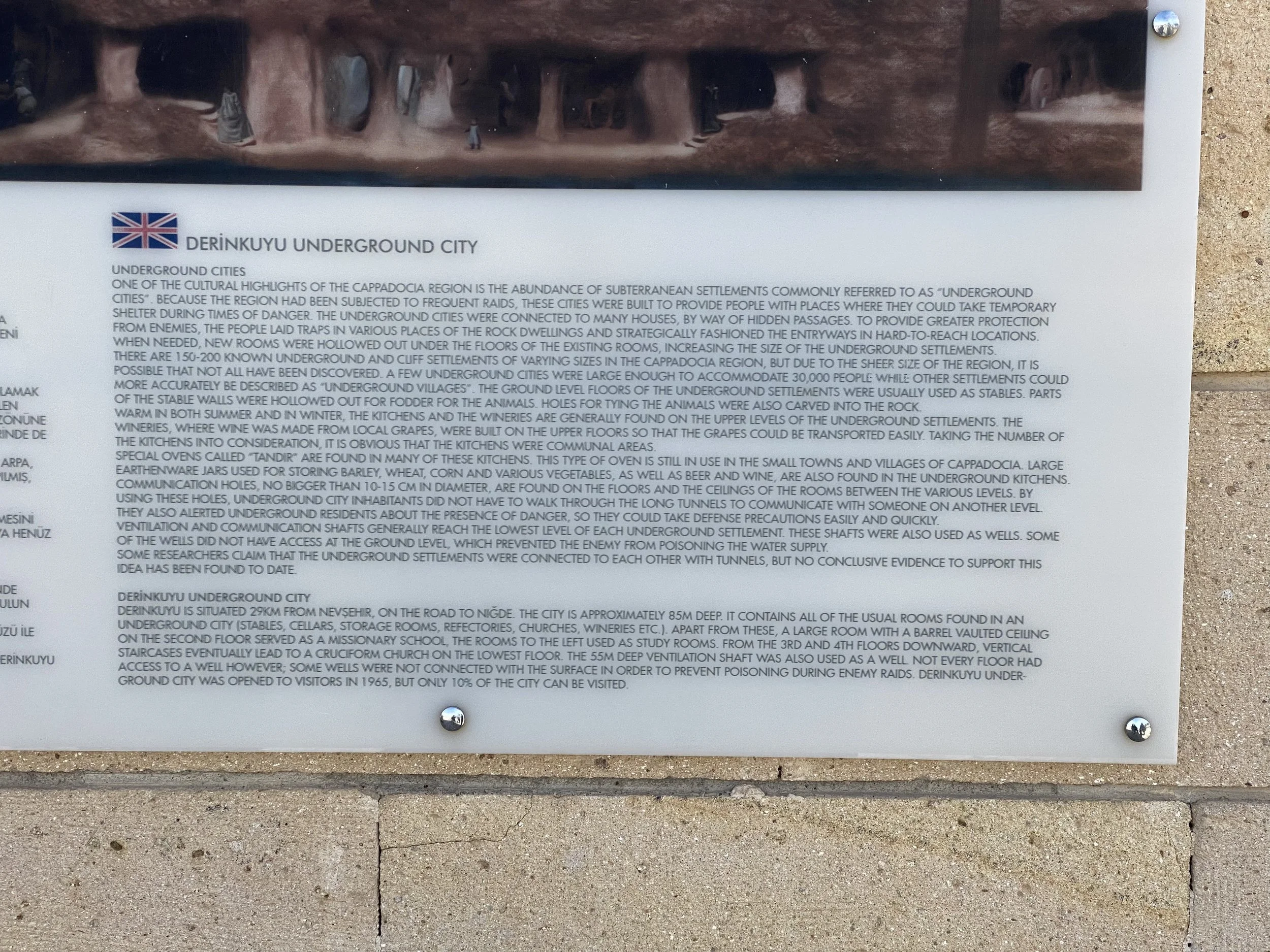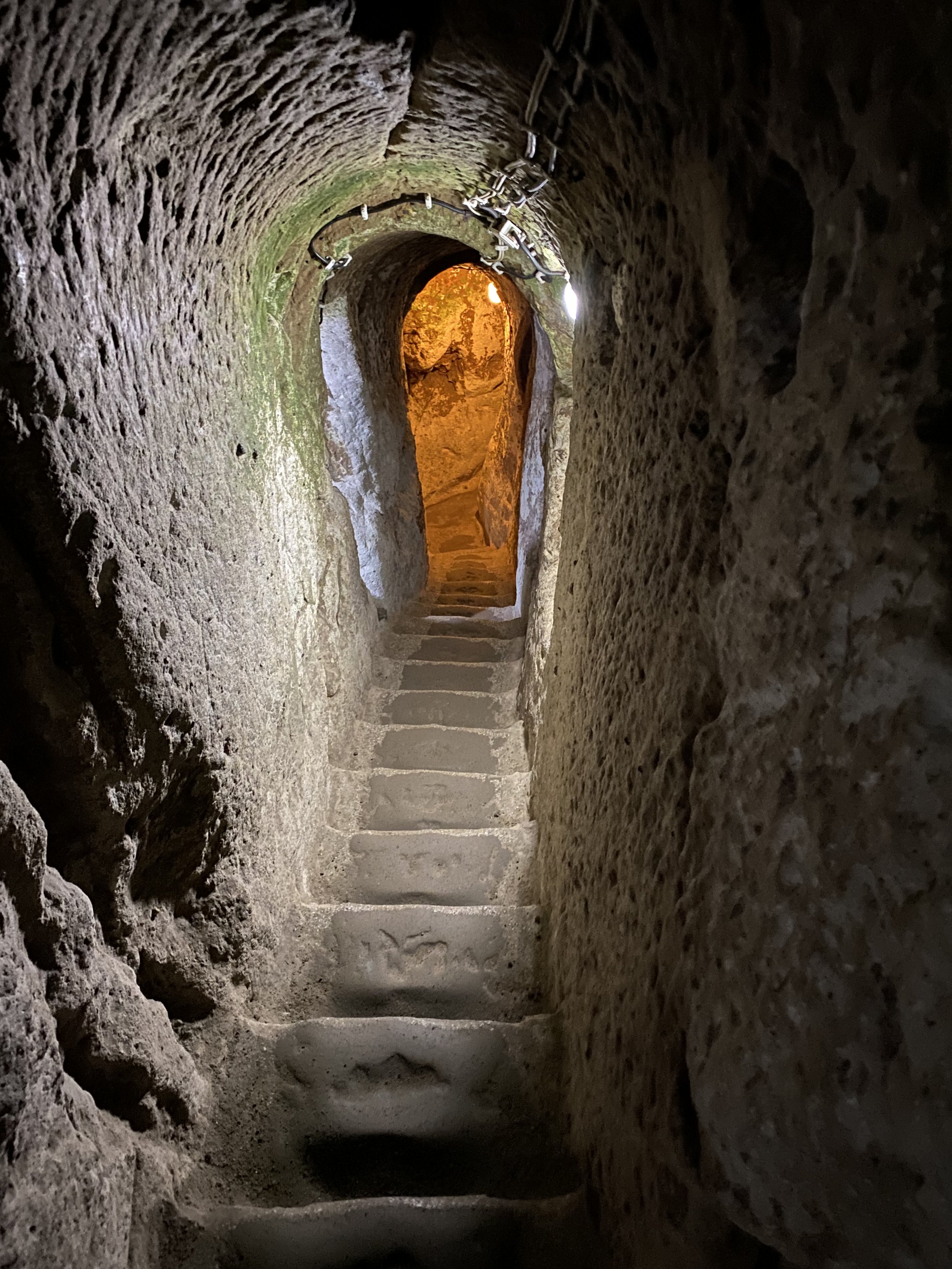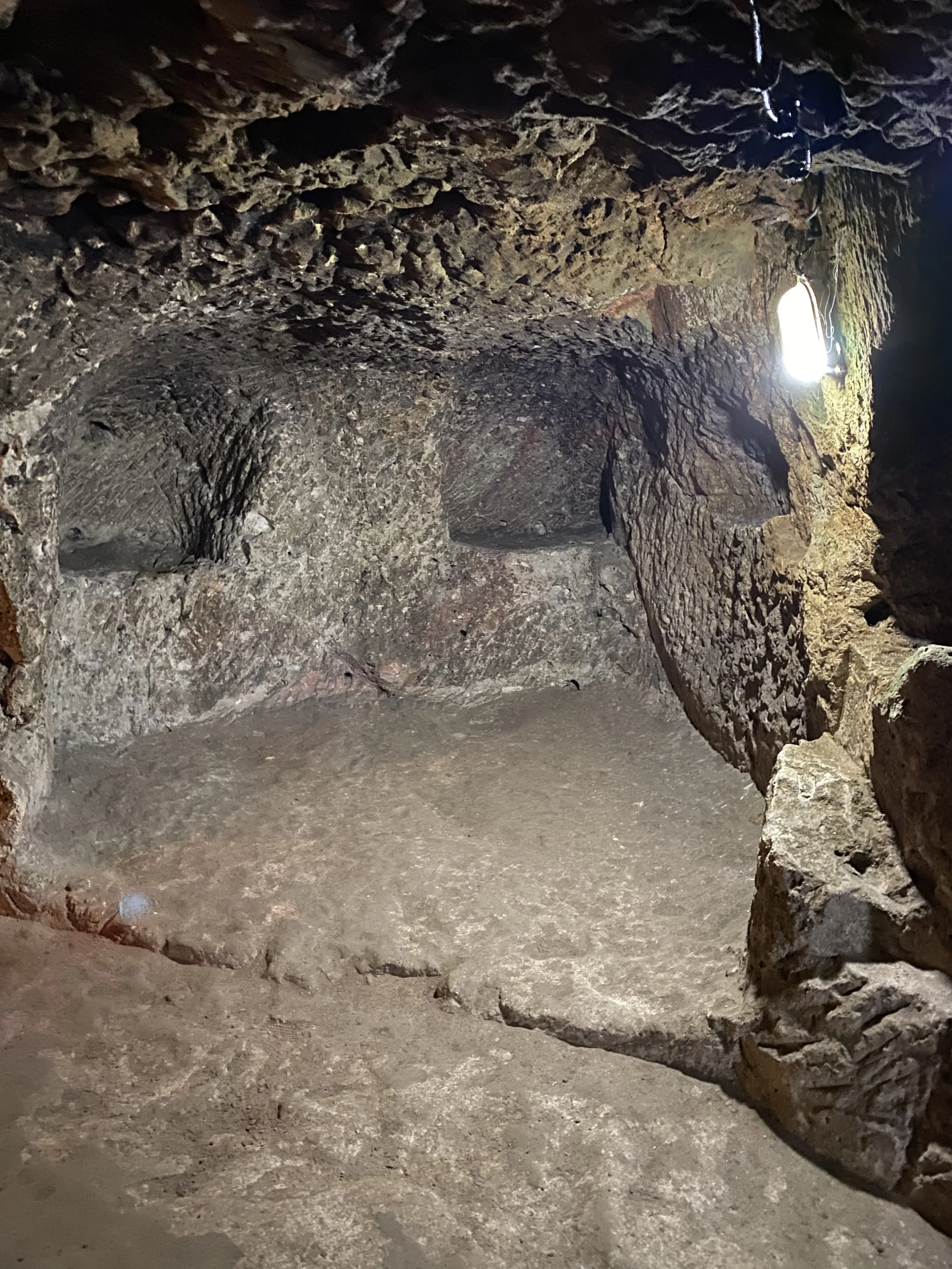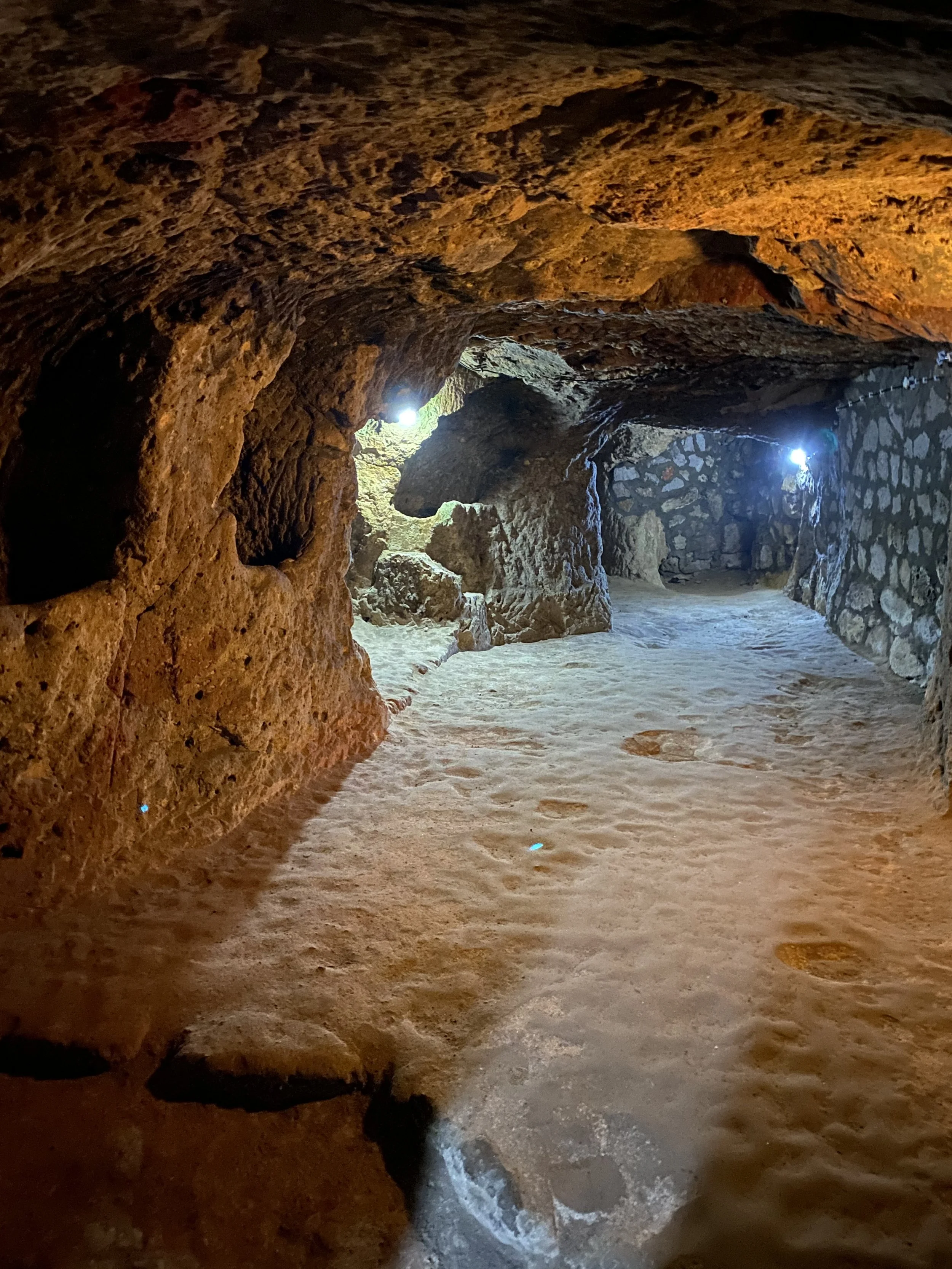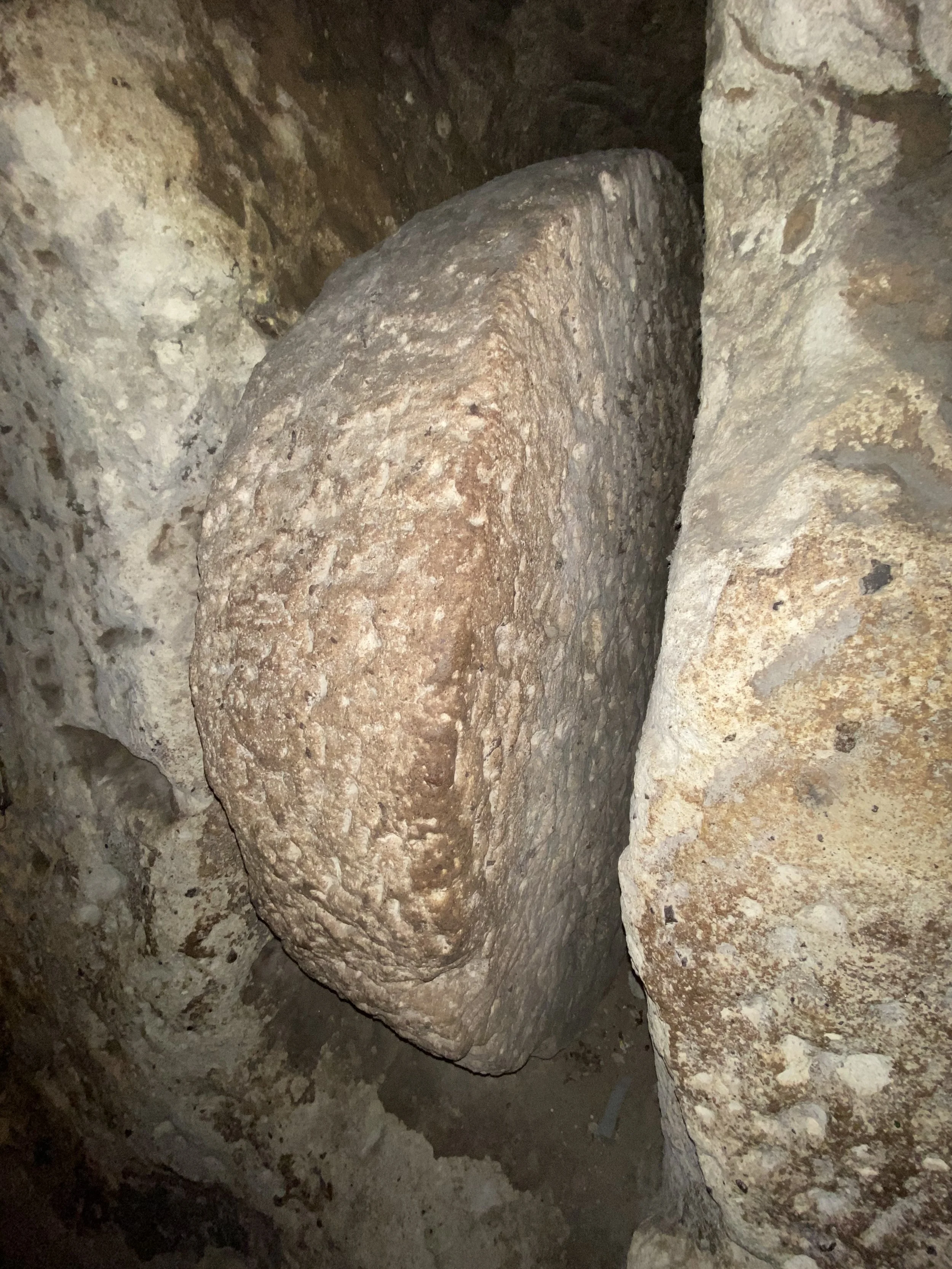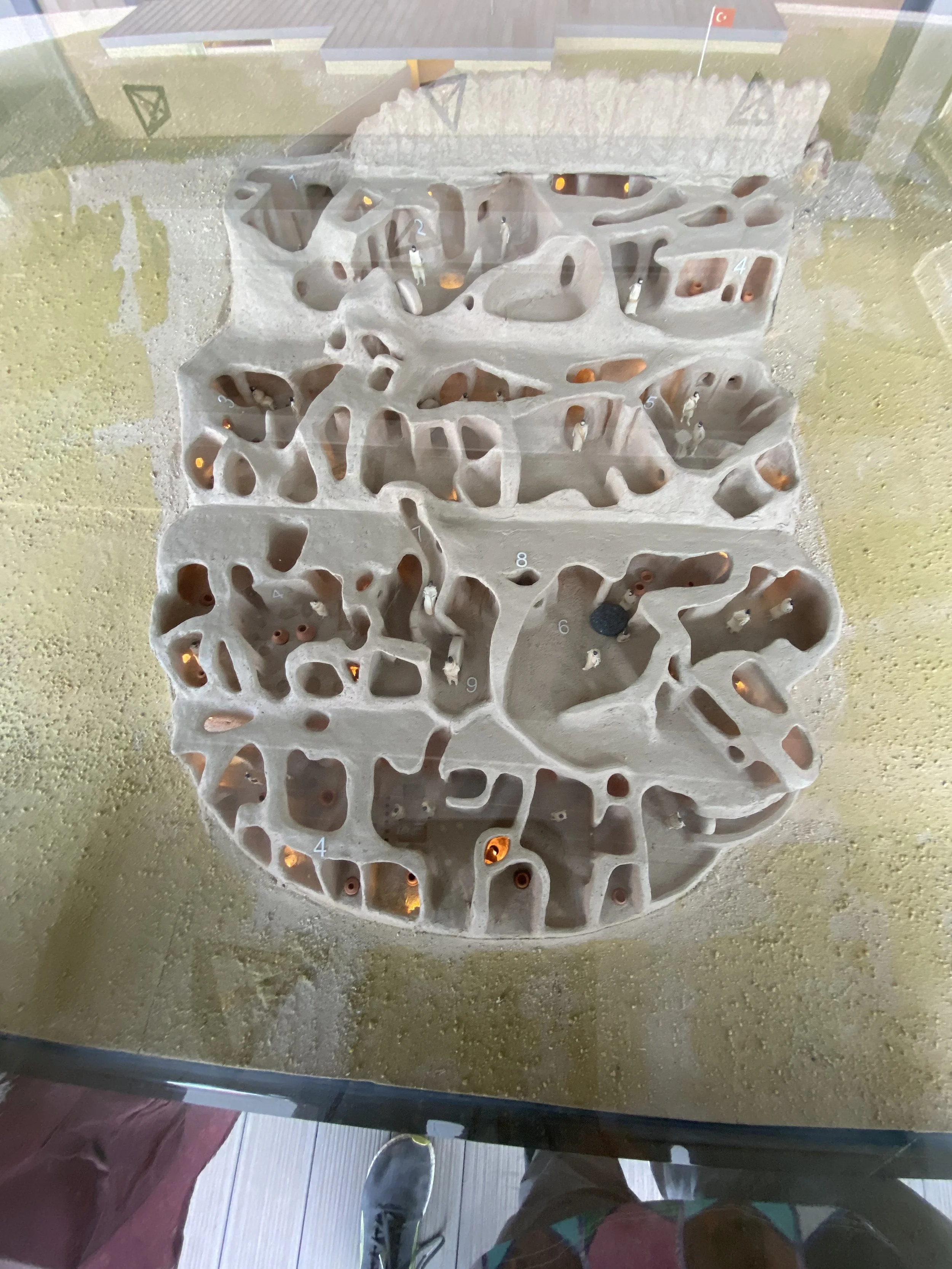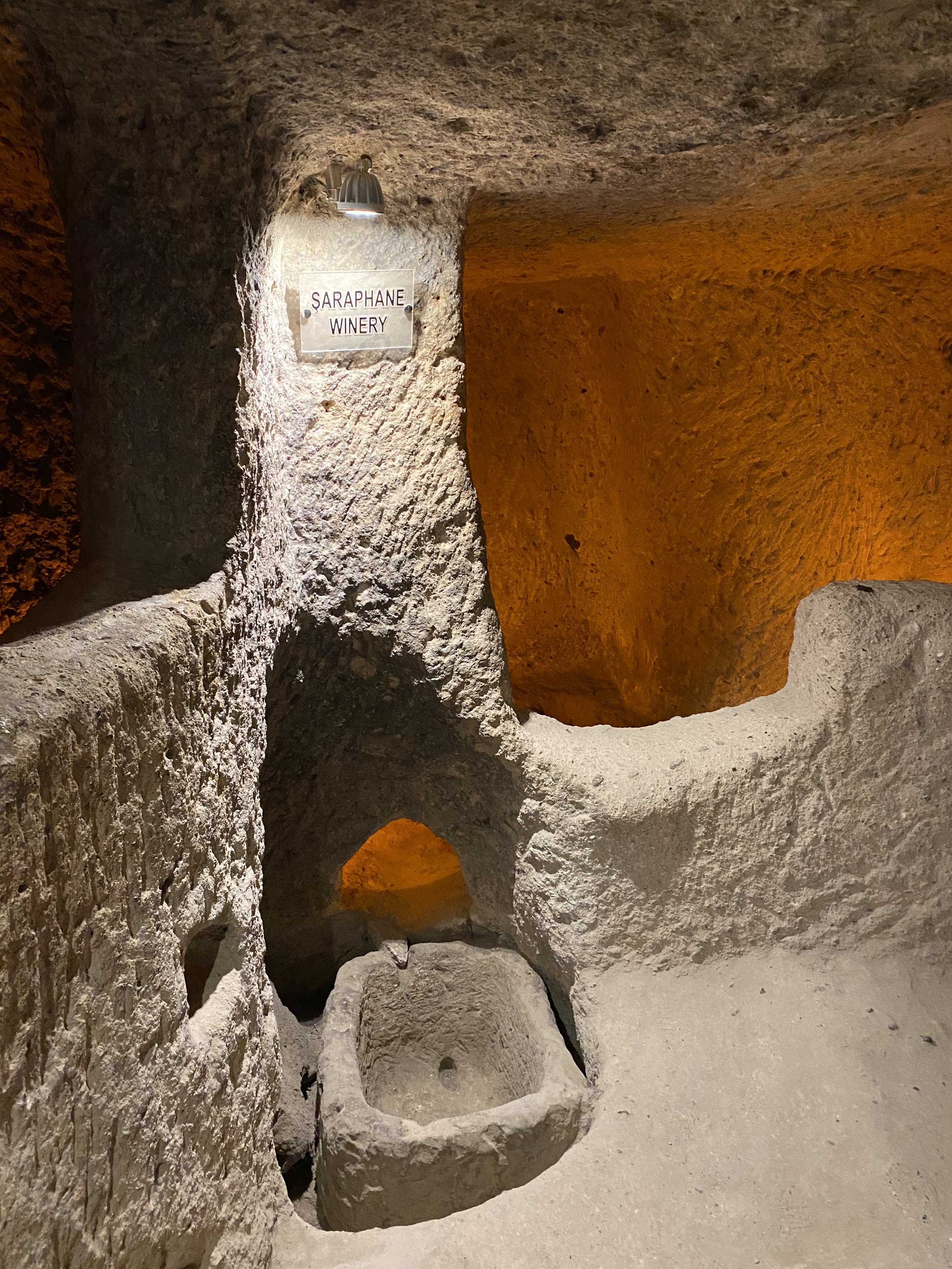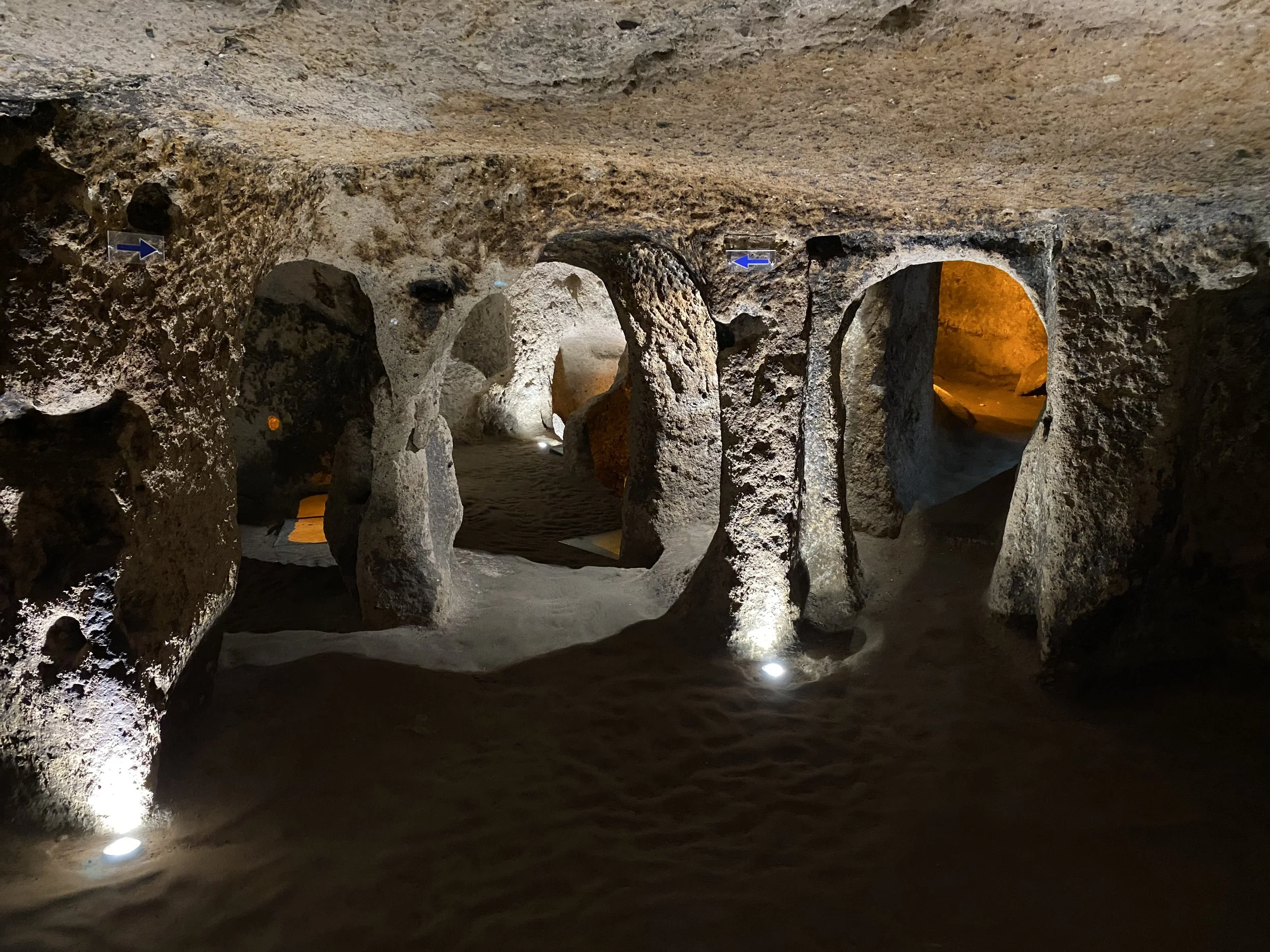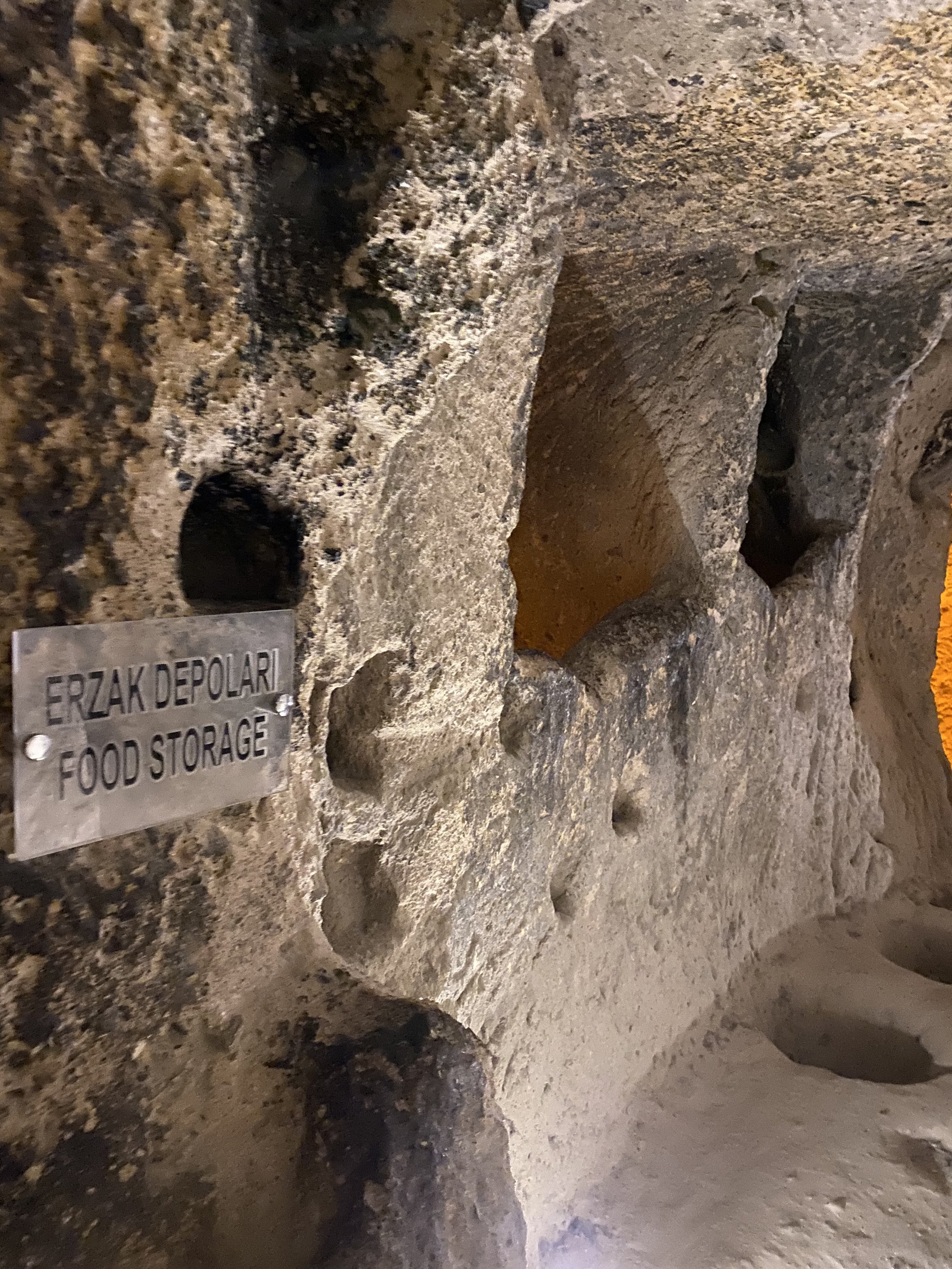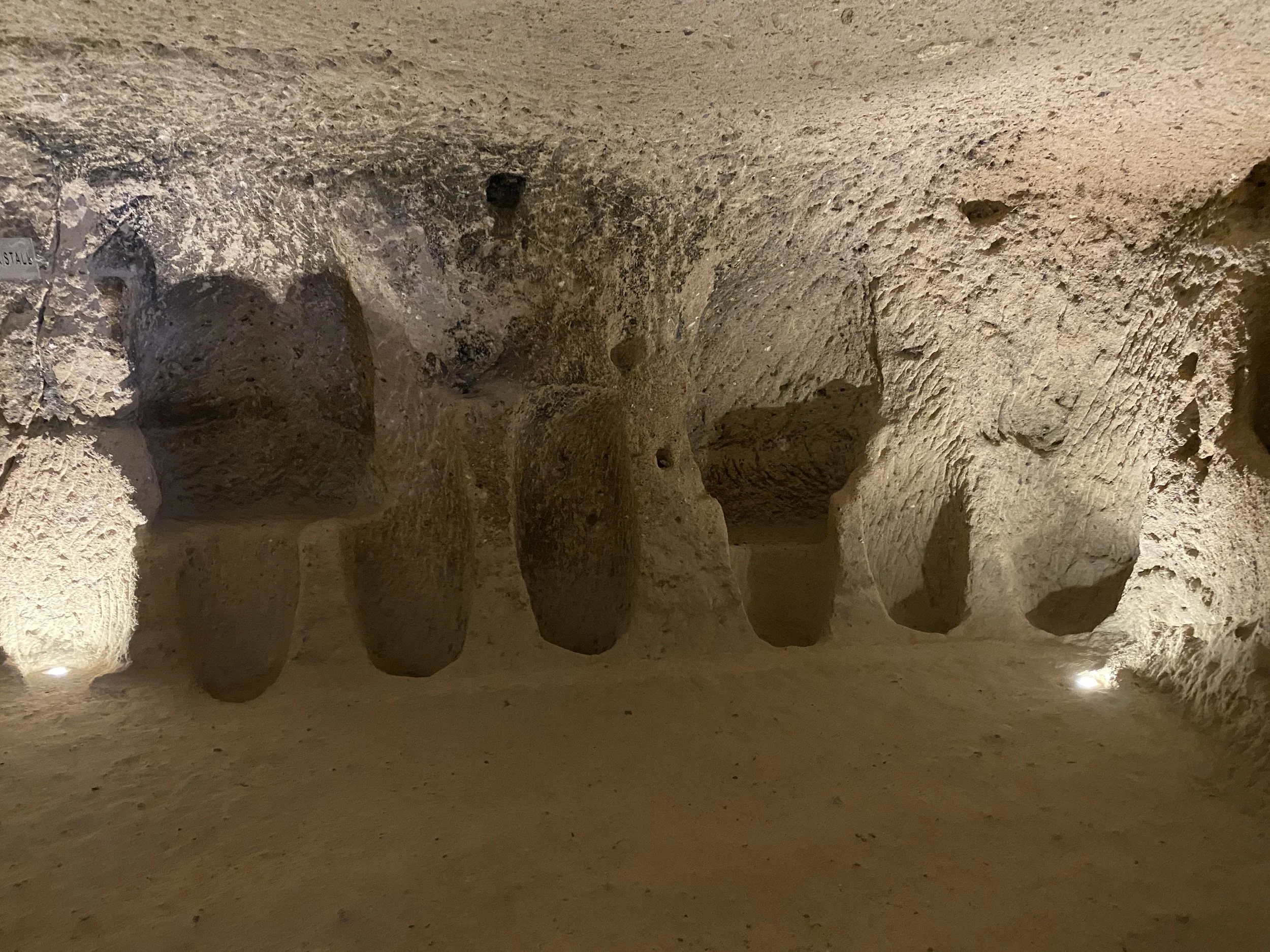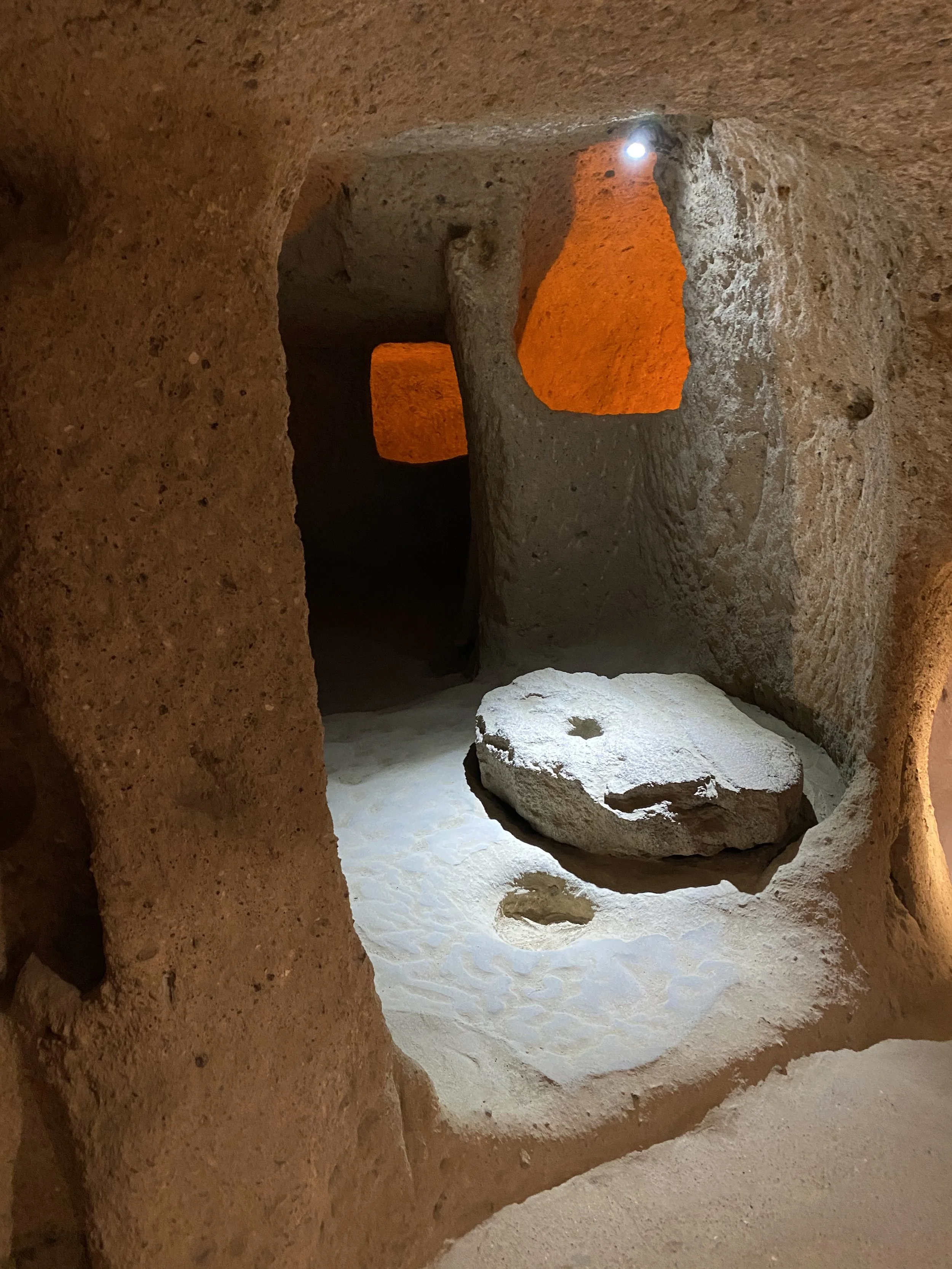Underground Cities of Cappadocia, Turkey
“Peter, an apostle of Jesus Christ, To those who are elect exiles of the Dispersion in Pontus, Galatia, Cappadocia, Asia, and Bithynia, according to the foreknowledge of God the Father, in the sanctification of the Spirit, for obedience to Jesus Christ and for sprinkling with his blood: May grace and peace be multiplied to you.” 1 Peter 1:1-2
The area of Cappadocia in Turkey is known for its etherial rock formations and fairy chimneys. The volcanic tuff is easily shaped by the elements and by human hands. In 1963 underground cities carved out of the tuff were rediscovered. Several of these cities have been thoroughly excavated, and it now appears there are upwards of 300 underground cities / villages and likely most were connected in the distant past. It was found that many of the private homes had ancient entrances into the tunnels. People dwelt above ground, sometimes in the caves of the area, but storage areas and hiding places were underground. In times of trouble, Derinkuyu could hold 20,000 people plus livestock. 18 levels have been explored. Upper levels held the livestock. Deep shafts kept the air fresh and led to well water. All of the usual trappings of human habitation have been found in the tunnels and underground dwellings.
The first known written record of these underground settlements in Cappadocia dates to 370 BC . Some archeologists suggest that the first tunnels were created by the Hittites around 1200 BC, backed up by the discovery of Hittite objects. Later the Phrygians likely expanded these areas. It’s been suggested that Christians also utilized these caves to hide from early Roman persecution. Evidence of Later Byzantine Christian use is abundant. Touring through one of these “cities” is pretty disconcerting - close tunnels and steep stairways. The air is fresh but damp. Incredible to think that people lived for long periods of time underground!
Ortahisar Castle, Urgup Turkey in the region of Cappadocia. Underground tunnels connect the castle to ancient chambers and homes/settlements underground.

